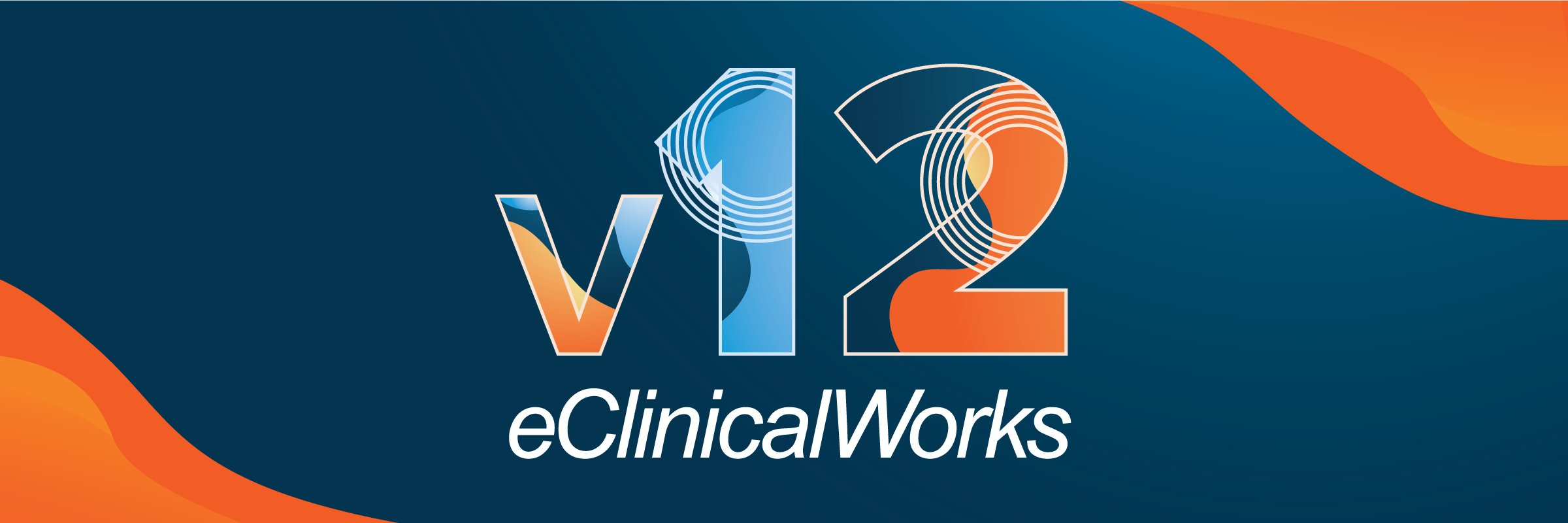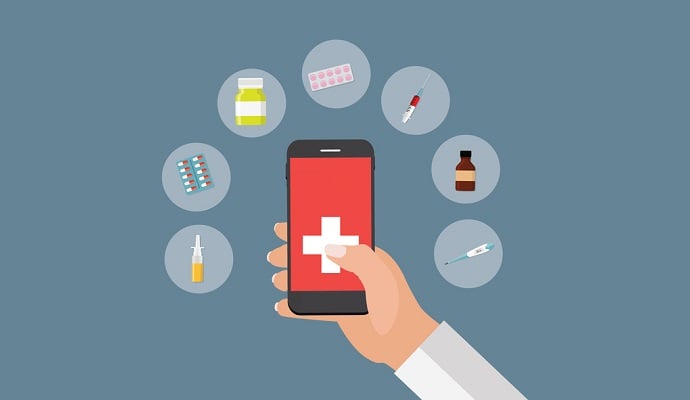EHRs have come a long way in the past couple of years. We've seen vendors exit the market while others have gained market share and in the cloud has become a common theme. Of course we're all counting down to the day when interoperability is solved and we can easily communicate patient information regardless of organizational, geographic, or vendor boundaries. In the mean time, I want to put an end to some common EHR myths I encounter during the sales process.
These commonly held myths surrounding EHRs are not only leading to unrealistic expectations, but causing some practices to be on the never-ending search for the perfect EHR software (hint: this doesn't exist).
Some people believe EHRs are more limited than they actually are (usually because of poor training). Sometimes problems are caused by people and not technology. A technology will rarely completely fix a problem if it starts with your people so if you expect an EHR to do this, you will be disappointed by epic proportions.
Here are some of the common myths I hear when working with practices that are looking to switch to an EHR or use one for the first time.
1. Implementing an EHR Will Automatically Boost Productivity
The simple fact of having an EHR will not increase productivity. To enjoy enhanced efficiency and productivity, you have to invest in good training.
Even systems with intuitive interfaces require extensive training. Without it, users wouldn't be able to take advantage of some of the EHR features that make it great. However, what good is training without goals? Practices need to set goals prior to implementation. These can't be just any goals though. These goals need to be CLEAR goals.
What are CLEAR goals? Peter Economy explains them well in Forget SMART Goals--Try CLEAR Goals Instead.
CLEAR stands for:
Collaborative (Goals should encourage employees to work together collaboratively and in teams)
Limited (Goals should be limited in both scope and duration)
Emotional (Goals should make an emotional connection to employees, tapping into their energy and passion)
Appreciable (Large goals should be broken down into smaller goals so they can be accomplished more quickly and easily for long-term gain)
Refinable (Set goals with a headstrong and steadfast objective, but as new situations or information arise, give yourself permission to refine and modify your goals)
Start with what you want to improve, such as revenue cycle management, waiting room times, or the patient check-in process then set your goals and monitor accordingly.
2. An EHR Isn't Worth the Cost
Many practices become frustrated with their EHR systems at first, immediately planting the thought that the EHR was a bad investment. Good training can prevent this from happening but you also need to choose an EHR carefully.
Ultimately, choosing an EHR software solution with a good track record and ensuring everyone is properly trained saves money on resources (like paper and ink), reduces your need for storage space (so you can perhaps add another exam room), and can improve patient outcomes.
Improving Patient Outcomes
According to Information Week, an EHR that gives patients the ability to view their own medical information has been proven to increase positive treatment outcomes. In 2010, a pilot study called OpenNotes was launched, in which doctors made medical notes readily available to patients through an online portal. After the first year, 80% of patients participating in the program reported a better understanding of their health, and two-thirds reported that viewing their notes made it easier to stick with their prescriptions.
An EHR is worth the cost for the simple fact that it is helping patients gain a better understanding of their health. Look for EHR features like an easy to use patient portal and health app integration so your patients can focus more on their health and wellness goals. This will deliver a significant return on investment to your practice.
3. Every EHR Is The Same
Many EHRs have similar features, but they are far from the same. Interfaces differ, reporting features differ, documentation methods differ, and integrations will vary.
The EHR that's right for a neighboring practice may not be ideal for yours so don't assume every EHR is the same. One feature that I hear a lot about is "multiview" in eClinicalWorks. I'm not even sure if "multiview" is an industry term yet but I hear a lot of physicians mention this to me during a demo. DOCtalk by Dr. Gregg emphasized the importance of multiview in one of his posts on HIStalk.
"Even with a system that doesn’t offer all the specialty-specific features I’d prefer, even with a system that doesn’t provide 2014 MU certification (yet), even with a system that doesn’t have all the connectedness I’d prefer – all of this pales when compared to working with a system that allows me to see what I want, when I want, and as much as I want in the resizable, moveable window way with which I’ve so quickly become accustomed. Multiple views of multiple stories are multiply wonderful.
Multiview is one of the most dramatic ways that computerized documentation trumps paper records on a day-to-day-what-really helps-with-patient-care functionality basis."
Choosing an EHR software can be a tough decision. And sometimes, as mentioned above, it can be the small things that make the biggest difference in patient care and productivity.
4. An EHR Will Interfere With Patient Relationships
This is a big one. So many physicians are worried that using an EHR software is going to take away from the patient relationship.
EHRs have come a long way in the past couple of years. I think initially this was more of a concern because most EHR systems were clunky and difficult to navigate. Now, the physicians I work with are more concerned about how the EHR can improve their patient relationships with text messaging, automated reminders, online appointment requests, and so on.
This doesn't necessarily mean that an EHR won't hurt your patient relationships. I definitely think the wrong system can end up taking away from your time with patients and make you focus more on documenting than on listening to your patients' symptoms and concerns.
My advice on this myth would be to partner with an EHR vendor that listens to its customers and makes frequent updates with solutions to common complaints or problems. Doing this will lead to a lasting partnership with your EHR vendor so you don't have to tackle finding a new EHR system 3 to 4 years down the road.
5. Using an EHR Will Help Us Collect More Money
EHRs are a major transition, and you shouldn't set false expectations of seeing instant revenue increases just because of your EHR. Does great software deliver business success or do great people with skills, knowledge, and experience deliver that success? It would be ridiculous to say that a great software doesn't support business success but don't forget that there's more to it than that.
Just like a successful business needs great people to succeed, revenue cycle management does too. A great EHR solution can help organize revenue cycle management processes, automate certain pieces, and deliver really great reports, but none of that matters if you don't have a team of revenue cycle experts on your side.
And although an EHR can help with things like choosing codes, you simply cannot rely on your EHR to take care of this, but rather on trained and proficient coding staff. Don't expect an EHR technology to fix your people problems.
To maximize revenue, you have to answer the question of what's holding you back. It could be insufficient staffing, high claim rejection rates, inefficient denial management, or any number of factors, all of which you have to address before revenue cycle management will improve.
If you're looking to improve your revenue cycle management processes sign up for a complimentary RCM demonstration. We can help you better understand our RCM services to see if they will be a good solution for your practice.







